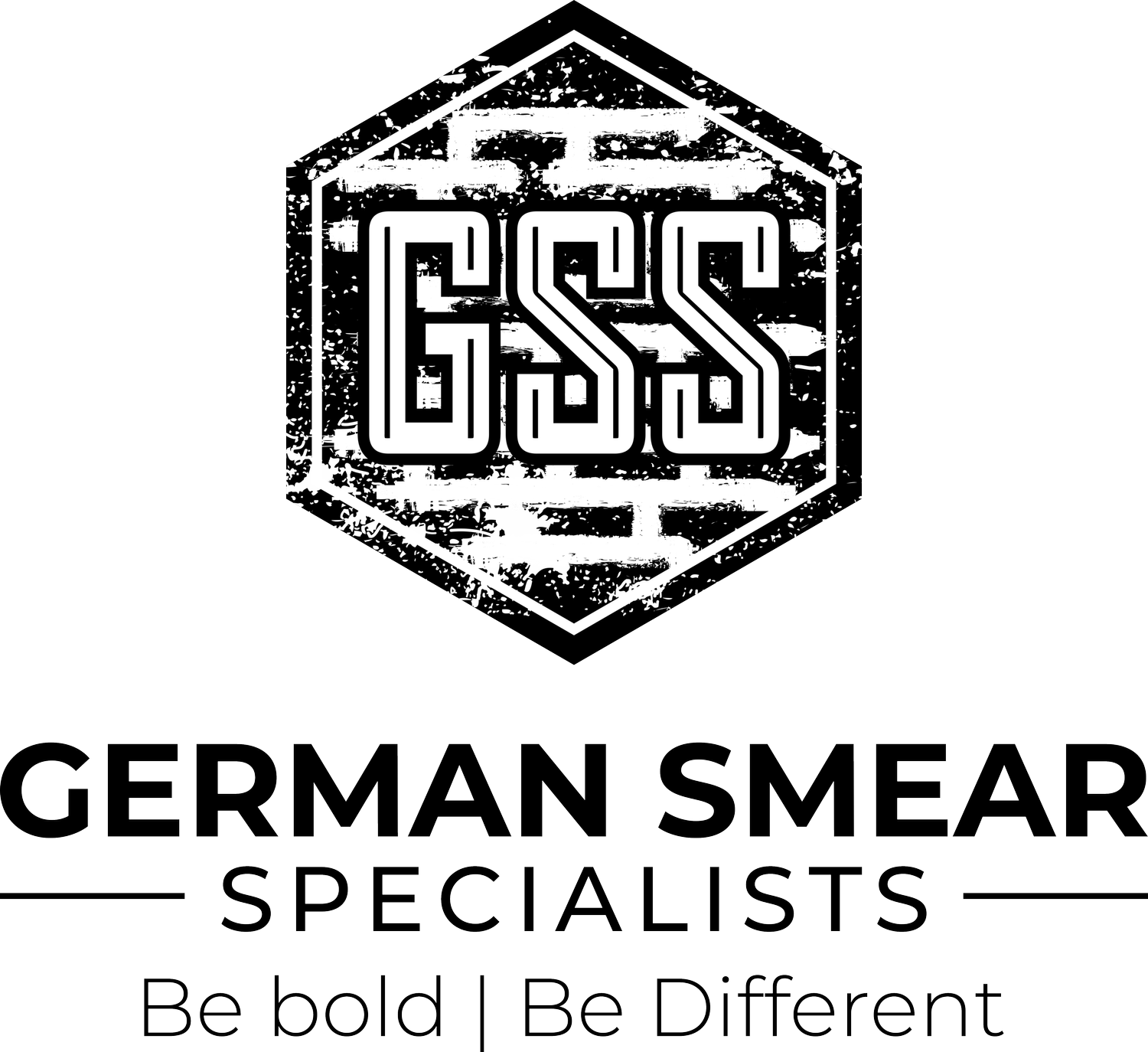German Smear and What It’s Often Confused With: Differences and Similarities Explained
Introduction
When it comes to updating brick homes, few finishes are as eye-catching and versatile as German Smear. But it’s not the only technique homeowners turn to for that rustic, old-world charm. Terms like “whitewashing,” “limewashing,” and even “brick stain” often get mixed up with German Smear, even though they’re quite different. Let’s sort out these common confusions to help you make the right choice for your home.
What is German Smear?
German Smear involves spreading wet mortar over bricks and partially wiping it away to reveal a timeworn, European look. The mortar bonds to the brick, creating a rugged texture that’s not just decorative but also durable and long-lasting. It's often seen in European architecture and has become popular in the U.S. for creating a farmhouse or cottage-style appearance.
Pros:
Extremely durable and weather-resistant
Adds texture and hides imperfections
Customizable in thickness and coverage
Cons:
Labor-intensive
Hard to reverse once applied
Limited to certain types of brick
Real-Life Example: A red brick colonial home in Georgia used German Smear to neutralize the brick tone and match modern white trim and black shutters, creating a stunning transformation.
What is Whitewashing?
Whitewashing is a paint-based technique. A thin, watered-down paint or stain is brushed onto the brick and quickly wiped back to soften the brick color and create a hazy, faded look. Unlike German Smear, whitewash doesn’t build up or add texture—it simply lightens the existing brick color.
Pros:
Easy to apply and budget-friendly
Allows partial brick color to show through
Dries quickly and can be done in a weekend
Cons:
Less durable, prone to chipping or peeling
Paint can trap moisture if not breathable
Requires occasional touch-ups
Real-Life Example: A suburban home in Arizona used whitewash to tone down orange brick and give the fireplace a more coastal, modern appeal.
What is Limewashing?
Limewashing uses a special lime-based mixture instead of paint. It’s applied to brick to create a chalky, matte finish that can weather and change over time. Limewash can also be partially wiped away to create a varied, natural look similar to whitewash, but with the breathable, antimicrobial qualities of lime.
Pros:
Highly breathable and natural
Ages beautifully and patinas over time
Environmentally friendly
Cons:
May need reapplication every few years
More limited in color (mostly whites or earth tones)
Not ideal for sealed or painted brick
Real-Life Example: A historic cottage in Charleston used limewash to preserve the charm of aged brick while offering a soft, aged finish that complemented its original wood siding.
Key Differences
FeatureGerman SmearWhitewashingLimewashingMaterial UsedMortar or cementThinned paint/stainLime and waterTextureAdds rugged textureSmooth, thin layerSmooth, chalky finishDurabilityPermanent & very durableCan flake over timeAges naturally, needs occasional re-coatBreathabilityBreathes wellLess breathableHighly breathableLookRustic, old-worldSubtle, washed-outSoft, evolving tones
Similarities
Despite their differences, these techniques all aim to soften and update brickwork while preserving its character. They’re popular for:
Creating a cozy, rustic look
Blending new brick with old
Updating outdated or harsh brick colors
Each method brings a unique vibe—whether it’s the rugged texture of German Smear, the subtlety of whitewashing, or the earthy finish of limewash.
Which One is Right for You?
✅ German Smear: Best for bold texture and maximum durability. Great if you want a dramatic change or to hide brick flaws.
✅ Whitewashing: Perfect for a subtle refresh that won’t overpower the original brick color. Excellent for quick weekend projects.
✅ Limewashing: Ideal for a classic, breathable finish that naturally evolves with time. Great for historic or older homes.
Final Thoughts
Understanding the differences between these techniques can help you choose the one that fits your home’s style and your personal taste. Each brings a distinct personality to your brickwork—whether you love the rugged European cottage look of German Smear or the soft patina of limewash. When done correctly, these finishes can increase curb appeal, enhance character, and protect your investment.

